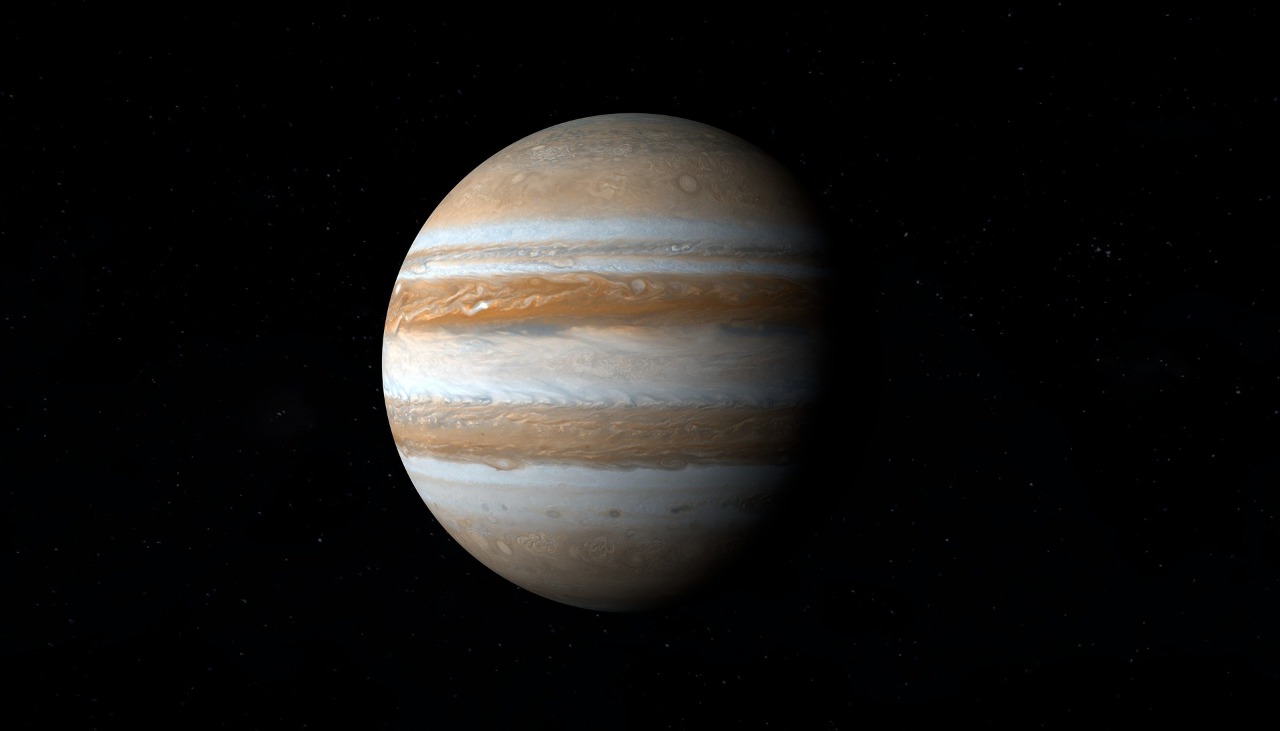Tugumalang.id – The largest planet in the solar system, Jupiter, will make a trajectory and be in the closest position to earth for the past 59 years. This rare event will occur on September 26, 2022.
This can happen due to an astronomical environment called opposition. From the point of view of the Earth’s surface, opposition occurs when an astronomical object rises in the east as the sun sets in the west, placing the object and the sun on opposite sides of the Earth.
Reported by Blog.nasa.gov And Space.com, Jupiter’s opposition occurs every 13 months, making the planet appear larger and brighter than at other times of the year. But this year will be different.
Because Jupiter will make its closest approach to Earth in the past 59 years. Earth and Jupiter do not orbit the sun in a perfect circle. This means that the planets will pass each other at different distances throughout the year.
Jupiter’s closest approach to Earth rarely coincides with opposition, meaning the views this year will be extraordinary after 59 years.
At its closest approach, Jupiter will be approximately 367 million miles from Earth. The last time Jupiter was seen this close, big and bright in the sky was around 1963 ago. As far as the farthest point is concerned, this huge planet is about 600 million miles from Earth.
Adam Kobelski, an astrophysicist at NASA’s Marshall Space Flight Center in Huntsville, Alabama, recommends a few things to prepare and do to enjoy this rare sight.
“The view will be fantastic for a few days before and after September 26th. So, take advantage of the good weather on these two dates to enjoy the view. Aside from the moon, (Jupiter) has to be one of the brightest objects in the night sky, “said Kobelski from the NASA blog.
Additionally, Kobelski says the 4-inch telescope and multiple filters in the green to blue range will increase the visibility of large red spots and bands on Jupiter’s surface. Altitudes and dark, dry areas are also your supporters to be able to witness the beauty of Jupiter later on.
Meanwhile, Jupiter has 53 named moons, but scientists believe 79 moons in total have been detected. The four largest moons, named Io, Europa, Ganymede and Callisto, are called Galilean satellites.
The four moons are named after the one who first observed them in 1620, the famous astronomer Galileo Galilei. With binoculars or a telescope, the Galilean satellites will appear as bright spots on either side of Jupiter during the opposition.
One of the frozen moons, Europa, hides vast oceans and has become a prime target for investigating whether life could exist elsewhere in the solar system.
To that end, the Europa Clipper will venture to the Jovian moon, with its launch scheduled for no earlier than 2024. Europe will also launch the Jupiter Icy Moons spacecraft to explore three Galilean moons, with a launch target of April 2023.
Reporter: Nurukhfi Mega Hapsari
Publisher: Herlianto. A
–


